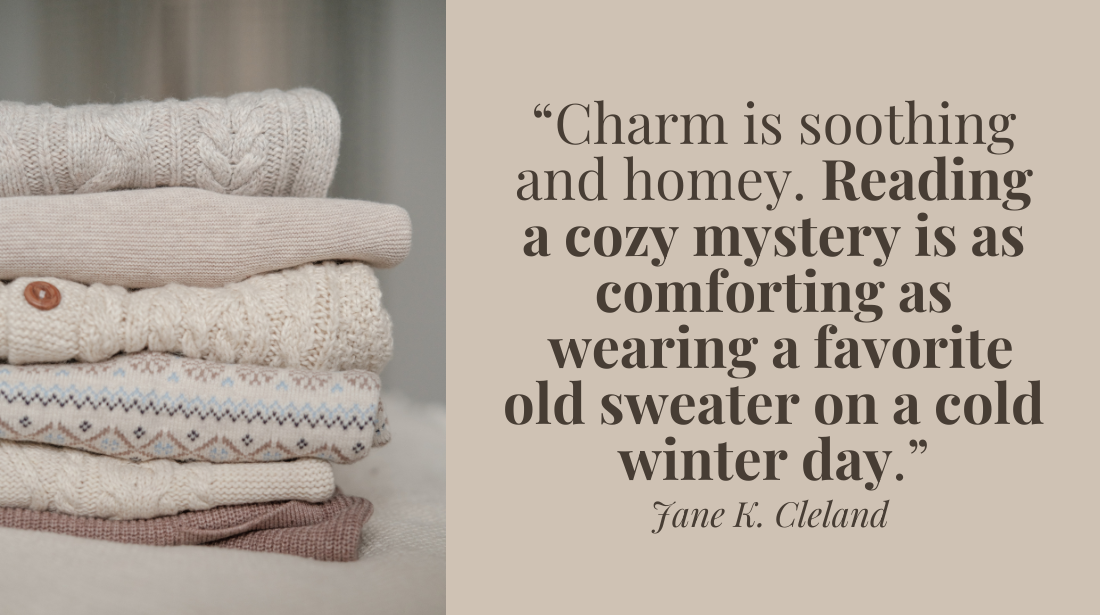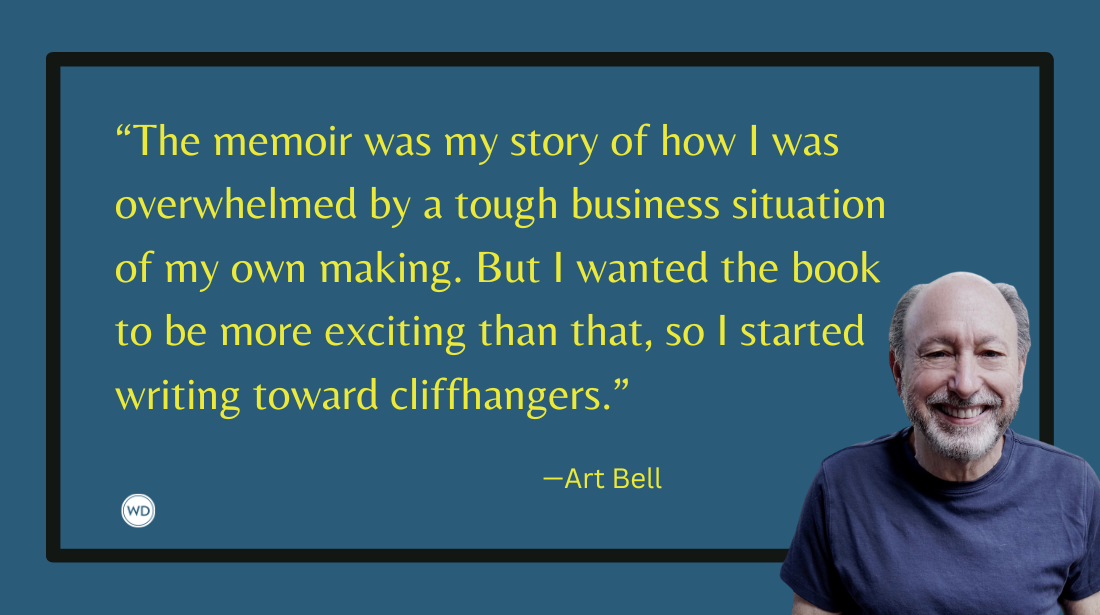5 Lessons Learned: Developing a Picture Book Series With Recurring Characters
Author Teresa Argenbright shares five lessons learned about developing a picture book series with recurring characters.
The destination vs. the journey is a familiar debate. Your preference likely is determined by the activity at hand. If you’re in a grocery store with a tired and hungry toddler, the priority is very much the destination, i.e., the car seat with a cheese stick, a juice box, and a peaceful nap for the drive home. On the other hand, a cycling tour of Tuscan wineries on a sunny day in September offers an entirely different set of considerations.
The same can be said of my writing career. As a longtime writer of grant-funding requests for non-profits, the destination—a charitable donation—was my bullseye from the opening sentence. Every paragraph was strategically crafted to lead the reader directly into the crosshairs. Persuasion to action became my mantra.
When I moved into the world of children’s books, I experienced the difficulty as well as the liberation of shedding the pinpoint focus I had so keenly developed. After some practice, I have learned to float, to play, and to abandon reason. Basically, I’ve learned to embrace the unique and endearing qualities of childhood that I had conditioned myself to ignore.
My books, the Menagerie Series, have a cast of recurring characters. Here are some of the lessons they’ve taught me.
1. Give each character something that is singularly identifying.
Charlotte and Penelope are the lead characters in each book, introduced in Charlotte and Penelope and Their Magical Menagerie. They are sisters. They favor each other and, so far, are always together. Yet it’s pretty easy to tell them apart. Charlotte wears distinctive eyeglasses, and Penelope has a penchant for Band-Aids. Charlotte is portrayed as the leader.
Among the other characters, each has his or her own identifying qualities. Javier the bear has a healthy ego and thinks of himself as quite charismatic, hence the perfectly coifed hairstyle. Fred the cricket is convinced he’s descended from aristocracy and is always properly presented. Hayes the turtle embodies a wide-eyed joie de vivre and is only slow because his fascination with all living things makes for a very distracting day.
Even the rabbits, though many in number and mostly identical, have devised their own method for maintaining individualism via matching but monogrammed sweaters.
2. Remember that some fans of children’s books are not yet readers.
This lesson ties back to the visible characteristics. The Menagerie Series illustrator, Dan McGeehan, has deftly used vivid colors which have proven to be magnets for babies, toddlers, and those about to become readers. Each character can be recognized by the colors they wear: The octopi are purple, the dolphin has super curly yellow hair, the mouse couple wears stripes that match their house.
3. Not everything has to make sense.
See above. A dolphin with curly hair, a loon wearing glasses and galoshes playing a symphonic instrument, an octopus roller skating, and a plethora of unexpected animals enjoying a snow-covered sledding hill. I’m often asked by “fans of a certain age” where I get these crazy ideas. Yet I’ve never had that question from a child.
Most children will ride the wave of a story without questioning the legitimacy of a situation; for them, all that I’ve just described is absolutely believable. In fact, when I am reading my books to children, I will ask if anyone has ever seen a dog climb a tree. One hundred percent of the time, at least one child will answer in the affirmative and tell me the story of what they saw. And those stories are often doozies.
This lesson is also evidenced by watching kids on a playground. As they interact with each other, the playground equipment, nature, their own clothing, you can easily see their imaginations are not at all concerned with reality. How else could a T-shirt become an armored vest, a stick become a leopard-sensing flashlight, acorns and leaves become leopard repellant, and a slide become the only tree in the desert? Oh, and let’s not forget the little sister who was transformed into leopard bait.
4. Big people need to be engaged too.
Multiple studies have proven that for kids to become active readers, they must be read to early and often. They must grow to understand that a book is a producer of stories.
Any adult who has had the privilege of reading to a little one knows there are some books they love, some they tolerate and some they hide after the first reading, for a number of reasons.
While reading to my own children, I learned that it was often the characters, their quirks and their qualities that kept me coming back for repeat visits. Therefore, when I started the Menagerie Series, I committed myself to one hard and fast rule: If every page didn’t cause me to react in a positive way, it didn’t make the cut. More explicitly, if I couldn’t make myself laugh or feel a tingle of magic, no one else would feel anything either, including the kids who are listening.
One of my favorite experiences I recall from own childhood involves my mother reading to me a classic Ogden Nash poem. In the middle of the poem, she began to laugh so hard she couldn’t finish reading it. Because she was laughing, I began to laugh too. Our mutual amusement fed each other. When we both were finally able to calm down, I asked, quite sincerely, why we were laughing. At that point, she explained the humor in the poem and we both shared another round of hysterics. Multiple decades later, I still recall the poem, our mutual and uncontrollable reactions and the lasting joy that brief moment produced.
It thrills me to have recently learned that some parents have renamed the characters based on their own interpretations. When readers have enough information about a character to make it a member of their family or neighborhood or classroom, that’s when the character has become real. What greater compliment could a children’s author wish for?
5. Hold space for your characters to evolve.
One of the elements of a well-written multi-season television series is the development of interesting characters. I always wonder how much of Walter White’s or Beth Dutton’s personality was intended from the beginning and how much was allowed to evolve as the series continued. I suspect it’s a combination of both.
The purpose of my first book in the Menagerie Series was to introduce the characters and supply the readers with each one’s most essential identifying features. In the second, Charlotte and Penelope and the Neighborhood Stage, I got to build on those basics and bring out some surprises. In a nutshell, some of the menagerie get to live their dreams as performers in ways that surprised even me. By leaning into the tenets of not making sense, making myself laugh, and finding talents that lend themselves to fun visual and verbal characteristics, I landed upon a chorus line of high-kicking rabbits, an underwater jazz band and a bear with a proclivity for fashion design.
As I continue the Menagerie Series, my current dilemma is deciding which characters to include in the next books. In order for some to evolve more fully, I may need to reallocate page space by removing other characters for the time being. But that’s the beauty of a series: There’s always another story to write and another enchanting journey to enjoy.
Check out Teresa Argenbright's Charlotte & Penelope and the Neighborhood Stage here:
(WD uses affiliate links)








